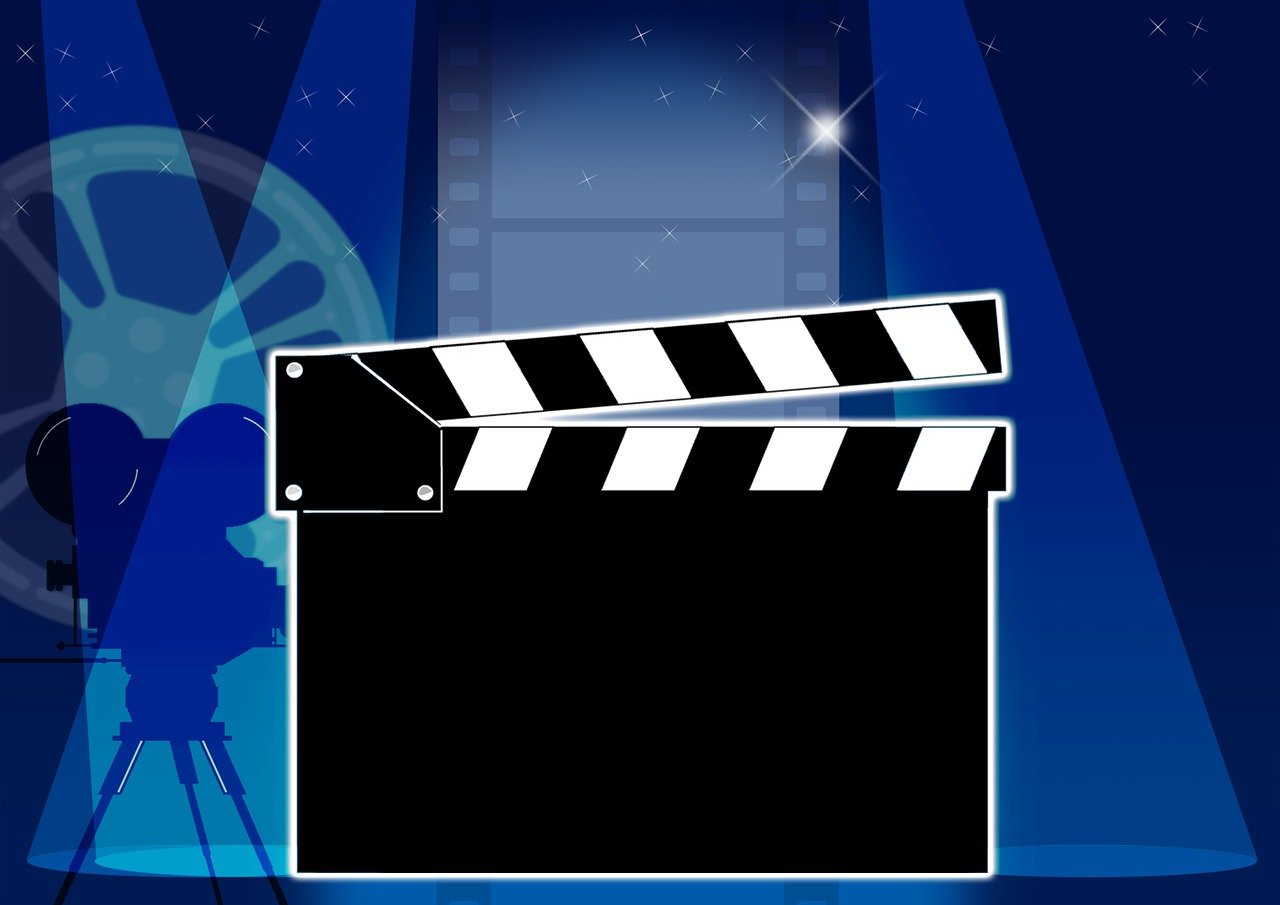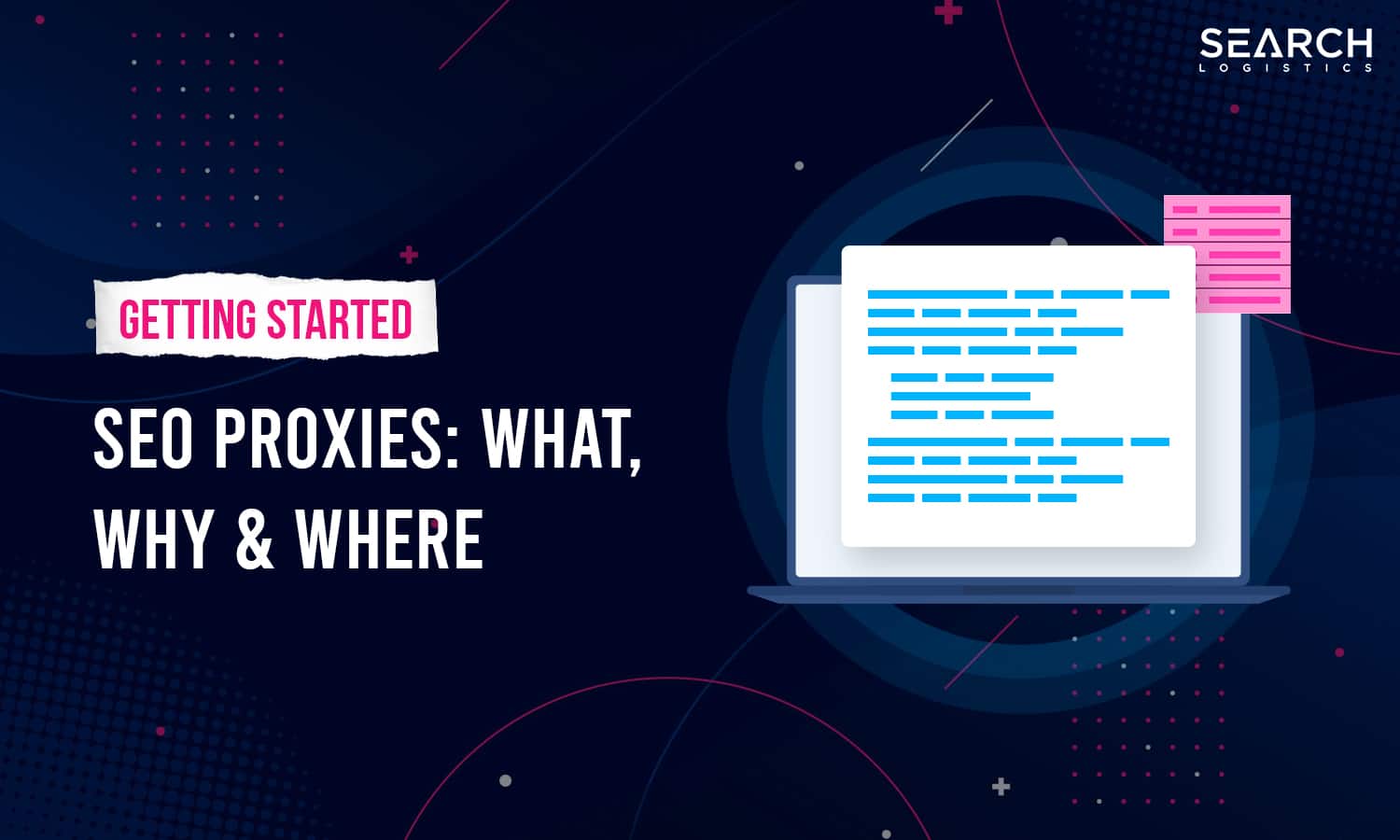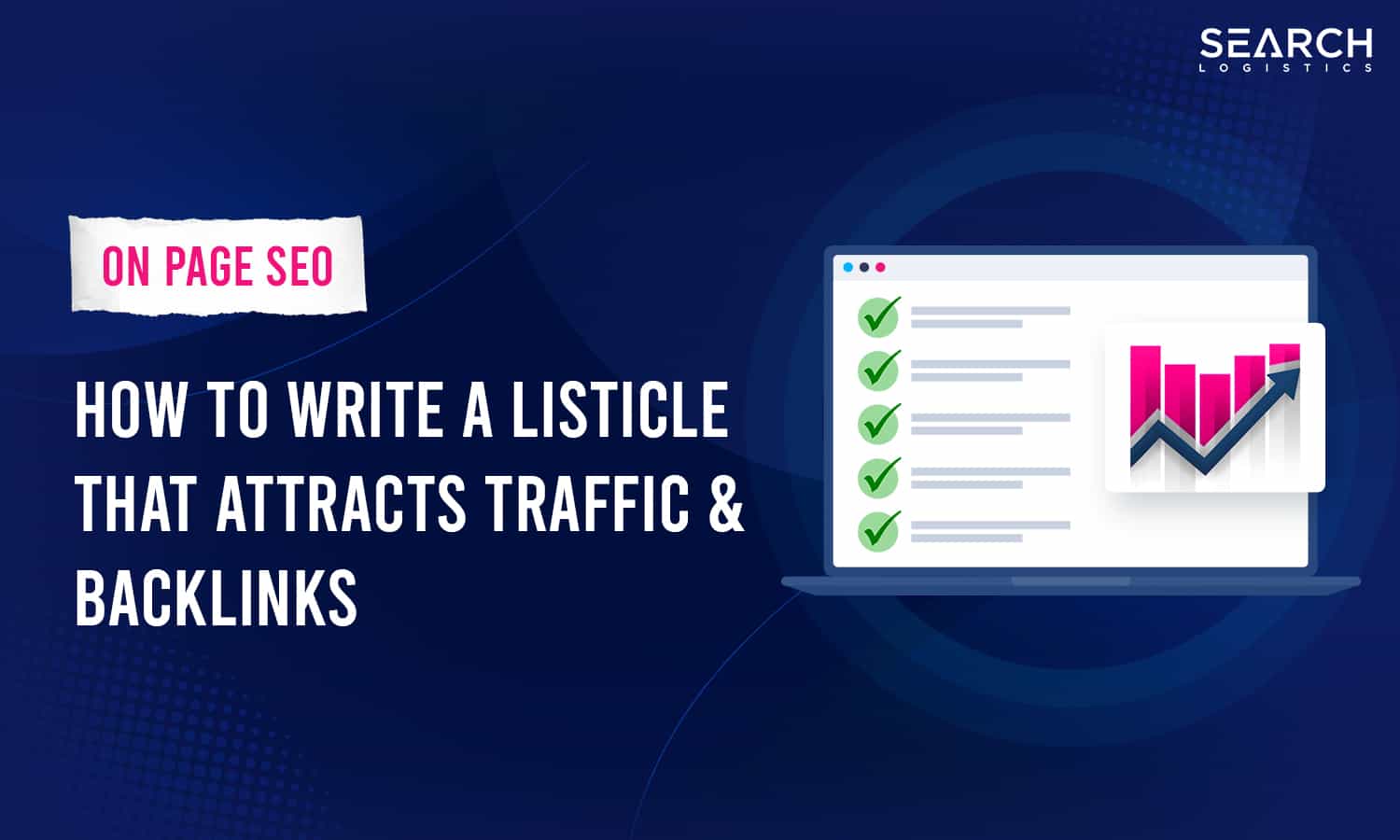AI Edit of Ranjhanaa Climax Triggers Personality Rights Concern
MediaNama’s Take: Producers and creators must make sure that they obtain all necessary licenses before using AI in their work, especially when dealing with someone else’s original artwork or attempting to reproduce the AI-rendered likeness or personality rights of a living or deceased person. While the entertainment industry can encourage the ethical use of AI, creators cannot use it as a cost-cutting tool without adhering to legal and moral standards.
In a situation where a copyright holder with absolute ownership can reproduce and alter the original work using AI without consent, personality rights may be the only recourse for individuals against unauthorised AI-driven use of their likeness or personality. This calls for the need to strengthen the personality rights in India, potentially recognising them as a fundamental right. Given the rapid developments in AI and its faster adaptation, India’s current legal framework around personality rights seems inadequate. Without recognising these rights as fundamental rights, the creators can remain vulnerable to systematic misuse using AI technologies.
What’s the News?
The AI-powered retelling of Ranjhanaa’s climax with a new ending will debut in Tamil Nadu as “Ambikapathy” on August 1, 2025. Reacting to the AI alterations to the original tragic ending, Aanand L. Rai, the director and co-producer of the film, described it as a “dystopian experiment.”
Aanand L Rai said that Eros International, the co-producer, neither took his consent nor consulted him before they altered the climax portions. In Tamil Nadu, Upswing Entertainment Pvt Ltd distributes the re-release. The studio, however, stated that it holds exclusive copyright to the film and that the re-release serves as an addition, not a replacement, to the original movie, according to an Indian Express report.
Eros Media World’s group CEO Pradeep Dwivedi, said that their “exclusive copyright” agreement includes “re-imagining certain elements using advanced tools such as generative AI to reach new audiences while preserving the original’s artistic soul.”
Speaking to Zoom, Rai responded, “I don’t have any problem with them using AI. But when this practice enters our system and changes are made without the involvement of the creator, it’s a disaster.” He said that the misuse of AI is going to do a lot more harm than its advantages.
What are the legal remedies creators can pursue?
Bharadwaj Jaishankar, partner at IndusLaw and an intellectual property specialist, laid out two possible remedies that creators can pursue legally when a producer decides to alter the narrative of a story. “One is a breach of agreement. In this case, the creator has to prove the breach of the agreement. The other possible way is that artists can argue in the court that their personality rights were violated,” he said
The trend of Indian celebrities approaching courts to protect their personality rights has been rising. Recently, Jagadish Vasudev (a.k.a. Sadhguru) approached the Delhi High Court to protect his personality rights against the use of AI to alter his voice, speech, and videos. The Court issued a “dynamic” injunction against unknown perpetrators, allowing copyright holders to extend protection to future content. Similarly, several other courts have issued similar orders for Anil Kapoor, Amitabh Bachchan, Jackie Shroff, Rajat Sharma, Arijit Singh, and Mohan Babu, to safeguard their personality rights
However, Jaishankar reiterated that the rights of producers and creators will depend on their contractual agreements. “If it is written in their contractual agreements, producers can do whatever they want within the limits of the agreement, without compromising the moral image of the creators,” he said.
“They [producers] say legally they can do it. But there is something called creative respect. Without getting the consent of the creators involved, why do you want to reimagine a new world?” asked director Rai. He also said he wants to understand the intention behind excluding the original artist from the AI-driven reimagination of Ranjhanaa’s climax.
Fan Theories and AI
Ranjhanaa’s case reflects the culture of fan theories. For example, an audience dissatisfied with a movie or show’s climax might write a fan theory or propose an alternate ending. In recent years, these theories have gained popularity in niche corners of the internet. However, with AI’s ability to generate cinematic visuals using the right prompts and datasets, fan theorists can now visualise their ideas and possibly commercialise them on platforms like YouTube.
These can be called derivative works, which are created from or based on an original copyrighted work. These new works come with distinct rights and obligations. Generally, creators must obtain permission from the copyright owner to produce a derivative work, unless it falls under fair use or fair dealing provisions of the Copyright Act. Without the necessary licenses, creators of derivative works may have to face liability for copyright infringement.
Advertisements
“They can’t go around and mess with the personality rights of the people.” – Bharadwaj Jaishankar.
“If there is a violation of intellectual property and the derived work is used for profit without licenses, then the fair use doctrine can’t be applicable,” said Jaishankar. The aspect of non-profit is very essential in determining the fair use rights. Generally, the copy of the original work should not violate or harm the right of the original creator to earn revenue from it.
“It also depends upon the quality and quantity of how much the work has been copied or derived from the original work,” he clarified.
Why It Matters:
Producers exercising the right to modify the content is not new in the entertainment industry. Sometimes, producers go ahead and edit the content without permission from the creator. In an interview with Bollywood Hungama, Ram Gopal Varma recalled an anecdote in which two versions of Mani Ratnam’s ‘Geethanjali’ played in Andhra Pradesh. It happened because the distributor of the Guntur region hated the film during its preview. But he agreed to buy the film if the filmmakers removed the tragic portions. Mani Ratnam didn’t agree to this. Later, without the consent of the director, the producer went ahead and cut the tragic scenes only for the Guntur region. Surprisingly, along with the original tragic version, the non-tragic version also became a super hit, as claimed by Varma.
Similarly, Gautham Vasudev Menon’s Vinnaithaandi Varuvaayaa (in Tamil) had a sad ending. Whereas the bi-lingual copy of the same movie in Telugu, Ye Maaya Chesave, had a happy ending. It was the call of the producer to have an alternate ending, to which Menon agreed, unlike the previous cases.
Generally, producers can make the modifications to the content because of their exclusive copyright agreements. Earlier, MediaNama reported that apart from the original producers, OTT platforms are also modifying the changes to the content as per their policy.
The problem with AI modifications
Nevertheless, to illustrate the problem of AI-driven alteration of narratives, in an interview with Zoom, Aanand L. Rai gave an example of someone brushing a portrait image with another colour. He said that he doesn’t have any problem with someone adding a colour on top of a portrait. He said that it becomes problematic when someone starts reselling the portrait. The re-release of Ranjhanaa in theatres on its 12th anniversary well establishes the motive of commercial interest.
To safeguard against such AI-driven exploitations, Rai says that he will be careful in the future with the agreements. “There should be a clause that says that you can’t tamper with the story,” he says.














Post Comment